- 265 Posts
- 357 Comments
Link in body needs a
https://, just FYIHad no idea that site existed, though, great post!

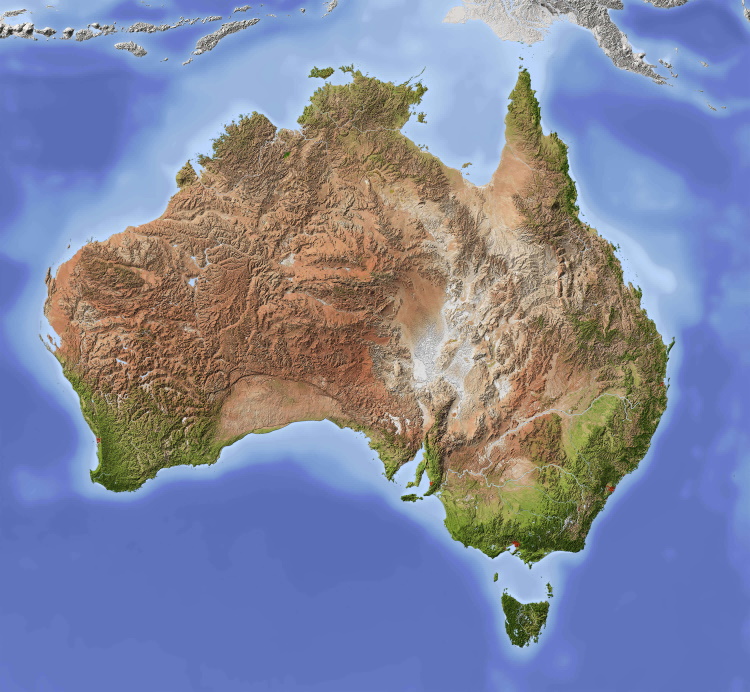 1·14 天前
1·14 天前Direct link to the referenced poll:
https://poll.lowyinstitute.org/report/2025/global-powers-and-world-leaders/
Or, for convenience, a screenshot:

If you hit the ‘Explore’ button, you can segment by respondent age.

 1·16 天前
1·16 天前I was gonna ask in !Meta. I’m guessing a mod/admin asked them to reduce their posting frequency and they didn’t reply or comply.

 81·17 天前
81·17 天前Petition to change the canton as per Sam Neil’s patch in Event Horizon


 9·18 天前
9·18 天前I assume they’re referring to the fact that moniker of ‘the lucky country’ was originally intended as a perjorative:
from: https://en.wikipedia.org/wiki/The_Lucky_Country
The title has become a nickname for Australia[1] and is generally used favourably, although the origin of the phrase was negative in the context of the book.
Horne’s intent in writing the book was to portray Australia’s climb to power and wealth based almost entirely on luck rather than the strength of its political or economic system, which Horne believed was “second rate”. In addition to political and economic weaknesses, he also lamented on the lack of innovation and ambition, as well as a philistinism in the absence of art, among the Australian population, viewed by Horne as being complacent and indifferent to intellectual matters. He also commented on matters relating to Australian puritanism, as well as conservatism, particularly in relation to censorship and politics.

 5·25 天前
5·25 天前Both have been used as alternative names for Brisbane, I couldn’t tell you if one is better than the other, seems like it’s disputed:
Part of the Brisbane conurbation is located on traditional indigenous land known also as Meanjin, Meaanjin, Maganjin or Magandjin amongst other spellings.[32] There is a difference of opinion between local traditional owners over the spelling, provenance and pronunciation of indigenous names for Brisbane.[33] Tom Petrie in 1901 stated that the name Meeannjin referred to the area that Brisbane CBD now straddles. Some sources state that the name means ‘place shaped as a spike’ or ‘the spearhead’ referencing the shape of the Brisbane River along the area of the Brisbane CBD.[34][35][36][37] A contemporary Turrbal organisation has also suggested it means ‘the place of the blue water lilies’.[38] Local Elder Gaja Kerry Charlton posits that Meanjin is based on a European understanding of ‘spike’, and that the phonetically similar Yagara name Magandjin — after the native tulipwood trees (magan) at Gardens Point — is a more accurate and appropriate Aboriginal name for Brisbane.[39]

 13·25 天前
13·25 天前$2,000 was the goal, yeah
Updates (1)
4 June 2025
by Ari Russell, Organiser
Thank you to everyone who has chipped in to support the workers at The Wickham who took bold action against their employer Aus Venue Co and the State Zionist Council of QLD. Our goal of $2,000 has now been reached and their missed wages have been covered!

 8·26 天前
8·26 天前But birds are AI!


 6·26 天前
6·26 天前Have you read a local paper lately? They fired all the sub-editors to cut costs, so this is pretty accurate 😆
The 7% difference in insolation between perihelion and ahelion (a figure I’ve seen mentioned in multiple places) seems like it would be significant for sunburn and skin cancer, at least at the population level.
I found an ABC article that doesn’t specifically say the 7% figure, but mentions perihelion as a factor in 10% higher UV in Australia. It downplays the role that extra 10% plays in our melanoma rates, though, and I suppose that’s fair, I don’t think anyone’s getting caught out by burning 10% faster, because they would have gone inside 10% sooner if they had known, haha
Together, Professor Whiteman says, these factors mean Australia’s UV is “probably about 10 per cent higher on average” than the equivalent latitude in the Northern Hemisphere.
“That would mean for people living in Brisbane it is higher than for people living in Miami in the US, and for people in Melbourne, it’s higher than for people living in Athens, Greece.”
While a 10 per cent increase in UV is significant, and might account for that sting in our summer sun, reasons for Australia’s high melanoma rates are more lifestyle-related, he says.
Ah, thank you for the clarification! I hadn’t realised that the eccentricity of Earth’s orbit made an appreciable difference, but apparently yeah, especially at the equator: https://journals.plos.org/climate/article?id=10.1371%2Fjournal.pclm.0000436

 3·29 天前
3·29 天前I don’t think your interpretation is correct. I think that comparison was of data for the two cohorts when they were the same age.
The study, yet to be peer-reviewed, found 28,265 cases of early-onset bowel cancer over the 30 years studied. An estimated 4,347 additional cases were attributable to the rising rates of the disease.
Early-onset cases, however, are increasing by up to 8% per year, the study found.

 15·29 天前
15·29 天前Thanks, I was finding it pretty astounding as well, so it’d make sense if it was the misinterpretation you’ve described. Maybe send the Guardian a message noting it so they can check?
The sun isn’t always a fixed distance from earth. It’s closest in January
Forgive me if I’m just missing a joke, but it’s not about the distance, it’s about the angle. In the summer the angle means the days are longer, and sunlight travels through less atmosphere (and is therefore less attenuated) before it reaches you and gives you sunburn.

 2·1 个月前
2·1 个月前Yeah, it’s not great.
I’d look to explain it as part of the flight of voters from the Liberal party, but would people who were turned off by Dutton really choose to vote for One Nation instead?
I think, unfortunately, it’s probably genuine gains by PHON, and unlikely to just evaporate at the next election.

 41·1 个月前
41·1 个月前Don’t worry, I have full confidence the U.S. will always stay one generation ahead of us 🫡🍔

 4·1 个月前
4·1 个月前None of what I said is a rule or anything. I was only making suggestions (I said “you can”). The comment got a few upvotes, though, so I’m not alone in thinking it’s a good way of going about things.
To be honest, I hadn’t considered the possibility of posting the screenshot as an alternative thumbnail. At the time I was suggesting putting an excerpt in the body as a means of posting an excerpt at all while still linking to the article, but you found another way to achieve that which I can see definite advantages in.
I think a lot of people here prefer text in general, though. Recent examples of people pasting key excerpts as text in the body: https://aussie.zone/post/20764770 https://aussie.zone/post/20646025

 2·1 个月前
2·1 个月前if his stories are to be believed
As a general rule, you shouldn’t trust what a One Nation candidate says about anything.
It’s unclear if any of the biographies cited in the article would have been verified before being posted by those organisations. He did give a lecture on ransom at the Australian Army Research Centre, which would seem to be an indicator they judged him as credible in that area.
It’s an unusual feeling to see a One Nation member who appears to be competent. Almost certainly a bad sign.
Can be disambiguated with ‘hot chips’ if you ever need to - no worries!



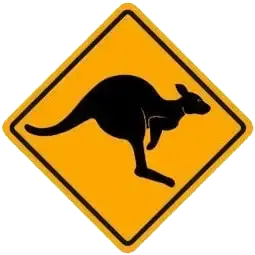


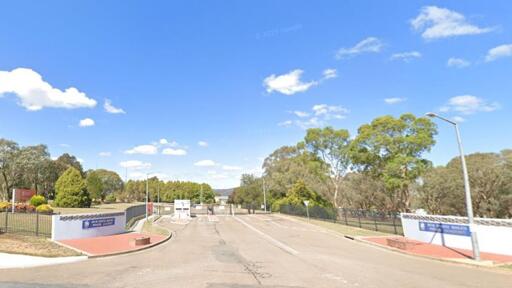






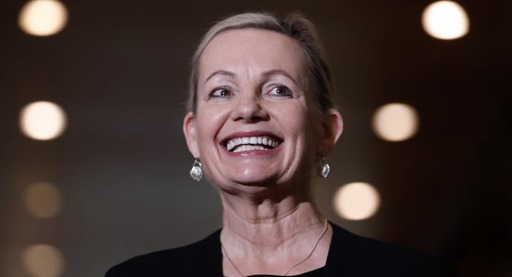
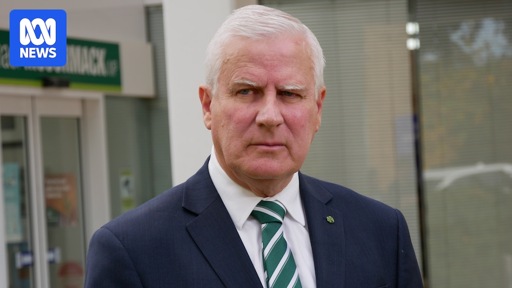

Great shot!